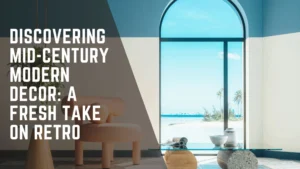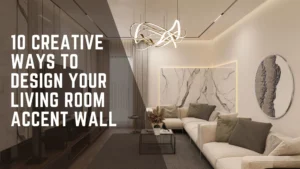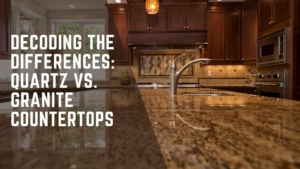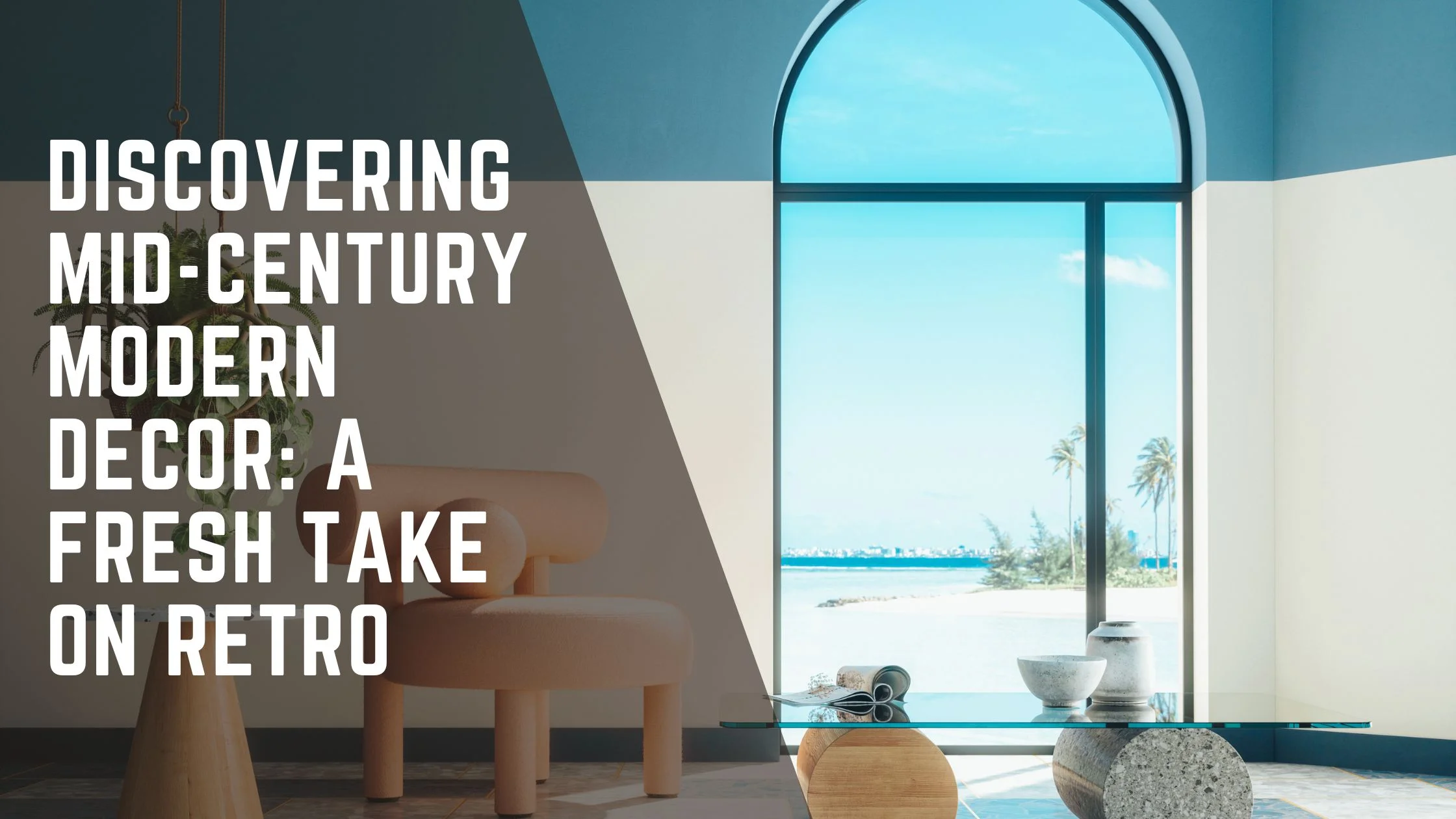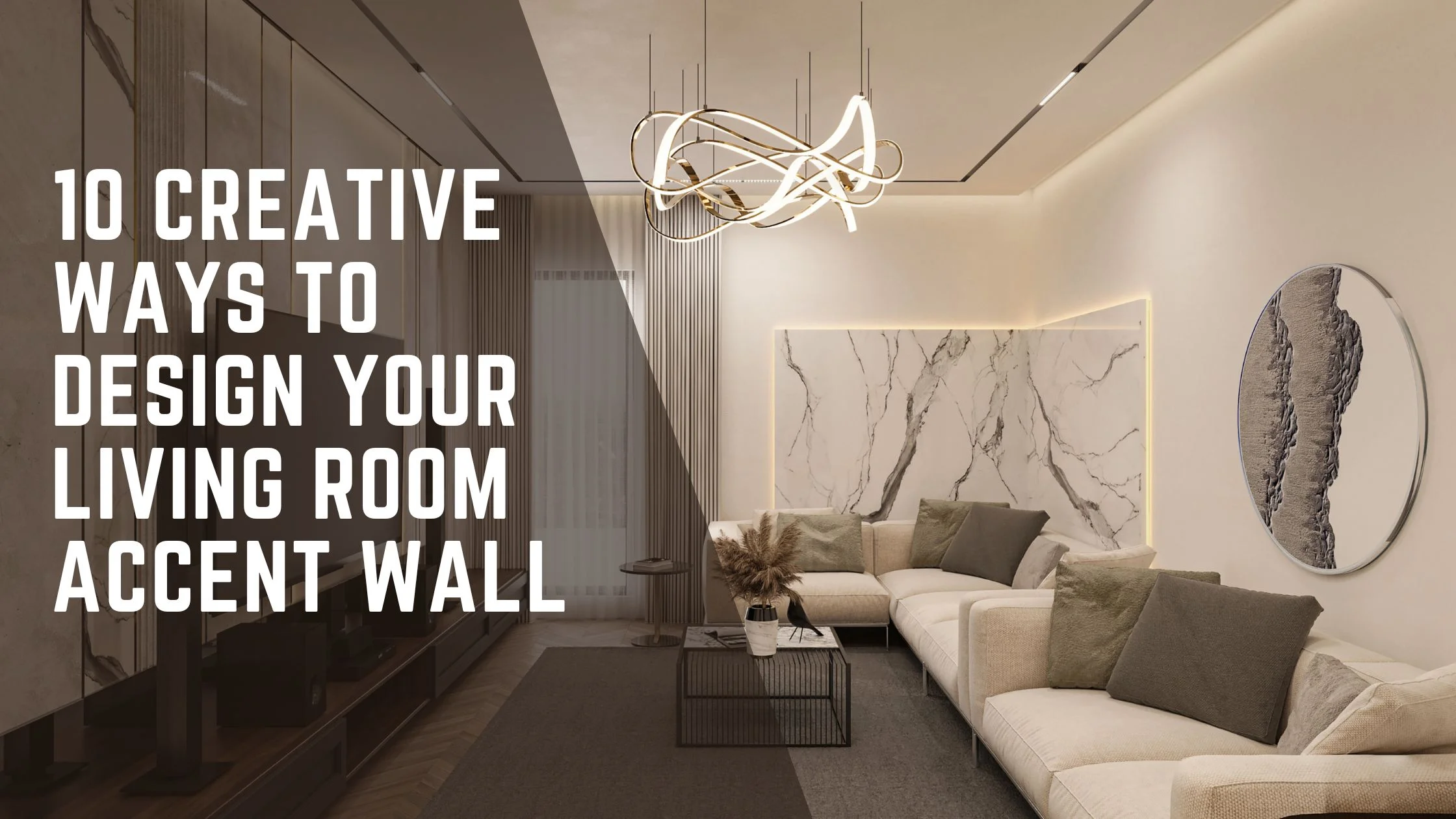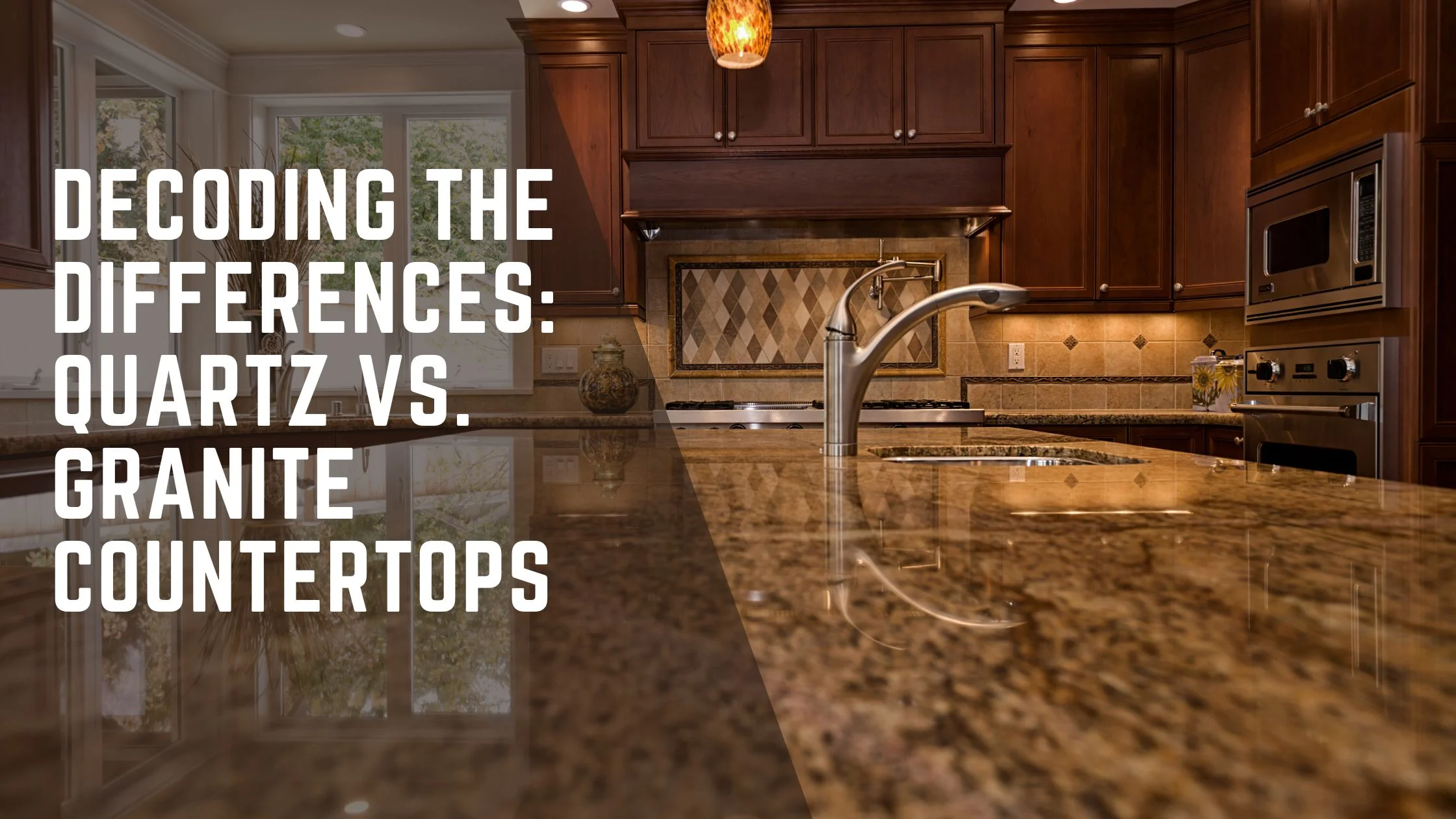
There are many aspects of nature that draw us in and leave us feeling energized. As science and technology continue to advance all aspects of our lives, our humanity and its connection with nature keep pointing us to the concept of biophilia, the love of life, and how integrating natural elements into our surroundings can improve our well-being. From simple things like adding plants to your home to complex designs that mimic nature, biophilic design is becoming an important tool in creating healthy spaces for people to live in and work in. So if you’re looking for a way to make your home or office more inviting and relaxing, consider using some principles of biophilic design!
Table of Contents
What Is Biophilia?
Biophilia is the idea that we are all connected by an invisible force field of energy called “life”. It’s something everyone can feel and experience, in our daily lives as well on a deeper level. In other words: you never have to wonder if there really exists this universal power because your spirit already knows!
Edward Wilson (1) theorizes that we subconsciously search for a deeper connection with living nature because of the importance it has in survival.
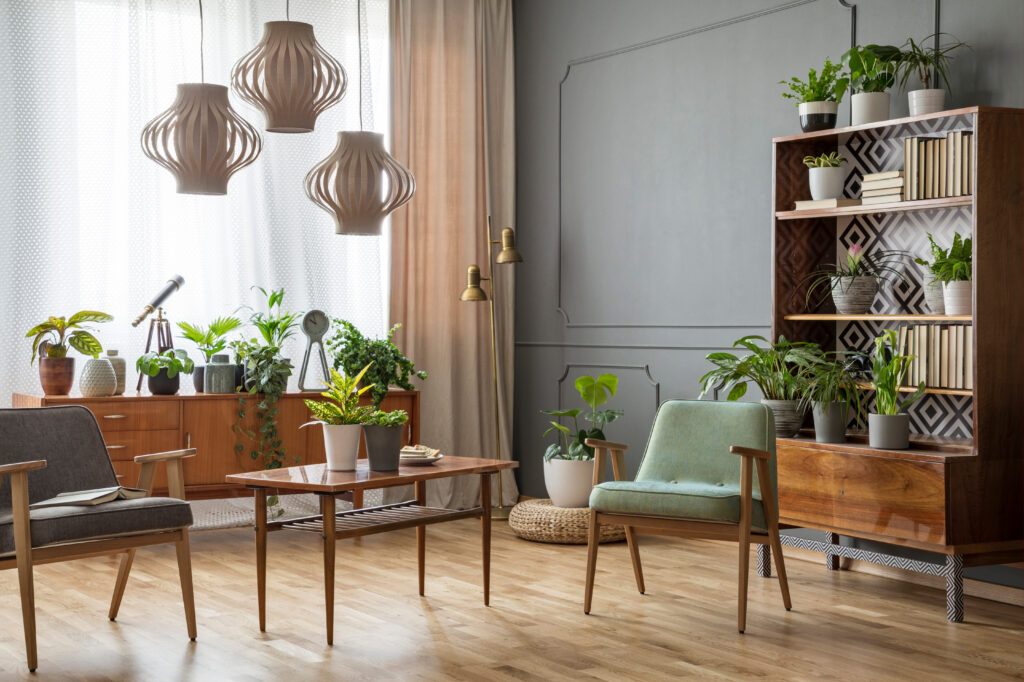
Indicators of biophilic design can be seen in many ancient structures. One example is The Hanging Gardens Of Babylon (2), which was likely inspired by natural environments and plants to create an immersive experience for visitors.
This theory is not limited only to architectural accomplishments though; they also include environmental artwork such as rain forests or animal prints on surfaces within buildings. However, in our modern faced-paced world, this natural design concept is being considered as one of the most contemporary approaches!
Why Is Biophilic Design Important For Our Health?
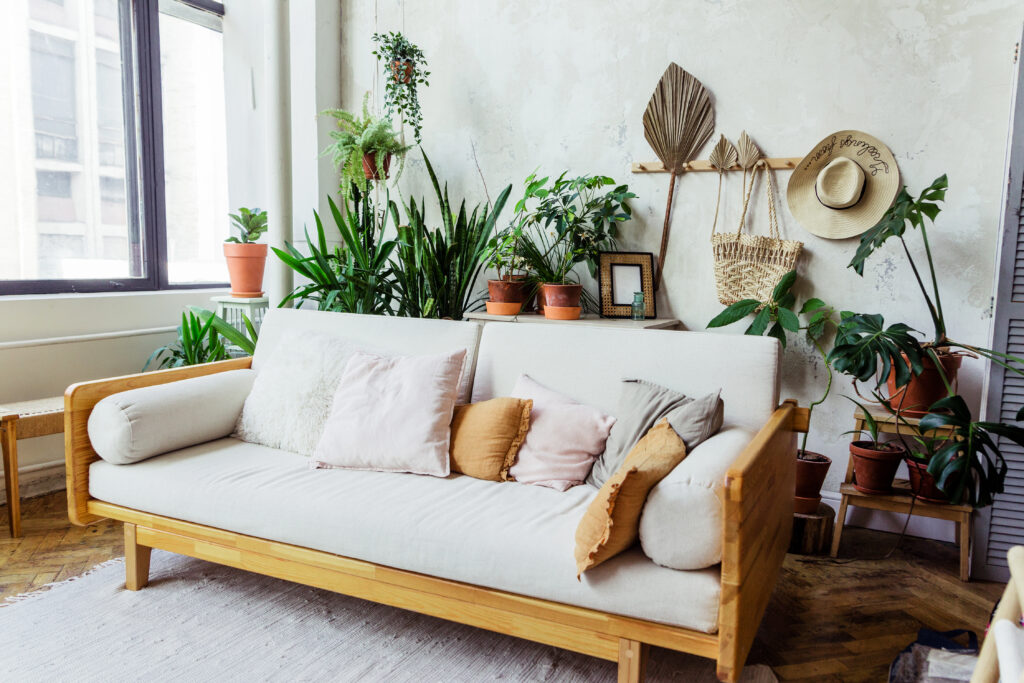
The biophilic notion has the ability to benefit not only our own but also the health of others in our immediate vicinity in positive ways.
Natural light and green plants bring comfort in an often-crowded city environment. It’s difficult to navigate through your day without feeling stressed or overwhelmed, so any natural stress-reducer will enhance the quality of life. Touches of nature can therefore be an investment in creating this healthier pattern of navigating your day.
The air you breathe is not just important for your health but also has an effect on how happy and productive you feel. There is a significant difference between biophilic cities and urban ones when it comes to crime, violence, and aggression. This can be attributed at least in part to the presence of nature, which provides residents with an outlet for their emotions as well as helps them cope better during difficult times because they have something beautiful nearby where hope lies waiting patiently just around every corner!
Studies show that in a living space with no plants, five medium-sized green objects can increase the quality of our indoor environment by 75% while improving mental wellness by 60% (3). A healthy home means happier residents!
How Biophilic Design Can Help Save The Planet?
When designing buildings, biophilic architecture considers both human requirements and the natural world. As our world becomes increasingly more urbanized, it’s critical for us humans who live in this fast-paced technological age with all the “concrete jungles,” to use nature as much as possible if we want a healthier planet—one filled not only with pets and animals but also plants!
For example, by adding trees on rooftops or green roofs near buildings’ perimeters can help reduce rain runoff which can prevent street flooding and other consequences of heavy urbanization.
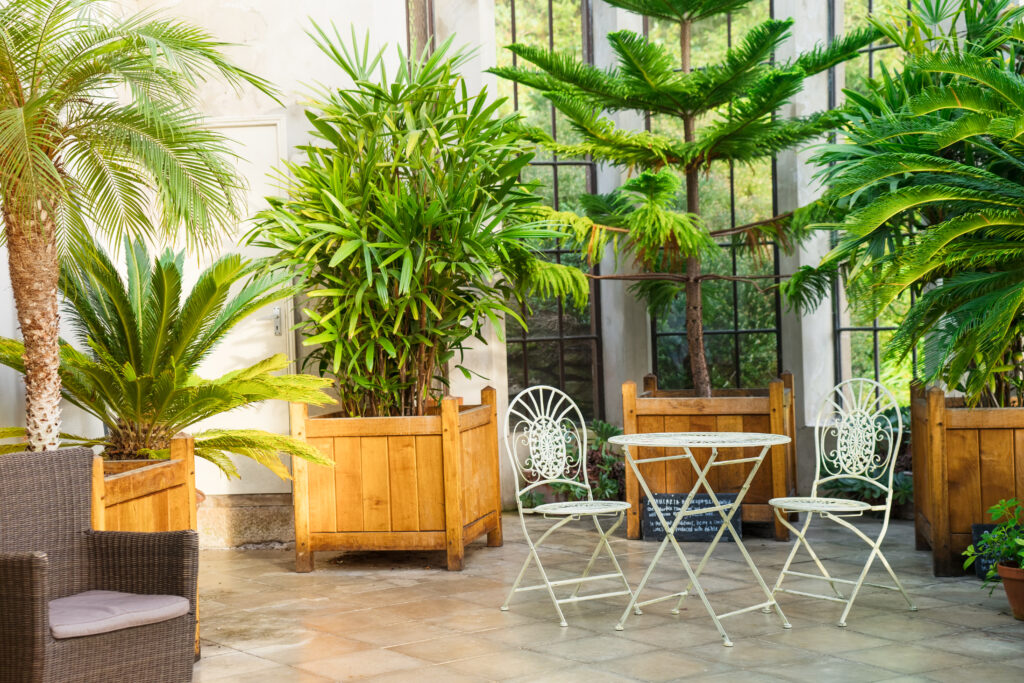
The Two Different Types Of Experiences You Can Have With Nature
We all have an urgent need to experience nature, whether it be in the form of plants or animals. This can only happen when we are able to connect with real green elements of nature that exist outside our tech-induced environment, such as trees and other organic entities. In today’s society, there isn’t much contact between humans and Mother Earth, mainly because cities grow at alarming rates while natural spaces dwindle away.
Fortunately, technology has helped bring these two places together through the concept of biophilic designs which brings nature into the crossroads of daily living and working. The innovations are endless, so it will be exciting to see the evolution of biophilic as the pace of advancement continues to increase. How will you adapt to these advancements in a biophilic way?
(1) ‘‘E. O. Wilson’’, Wikipedia The Free Encyclopedia, 25 June, 2021, en.wikipedia.org/wiki/E._O._Wilson
(2) ‘‘Biophilic Design’’, Wikipedia The Free Encyclopedia, 24 June 2021, en.wikipedia.org/wiki/Biophilic_design#cite_note-Kellert,_Stephen_R._1993-2
(3) ‘‘Q&A: What are the benefits of biophilic design? ’’, Chapman Taylor, January 13, 2020,
chapmantaylor.com/news/q-a-what-are-the-benefits-of-biophilic-design

